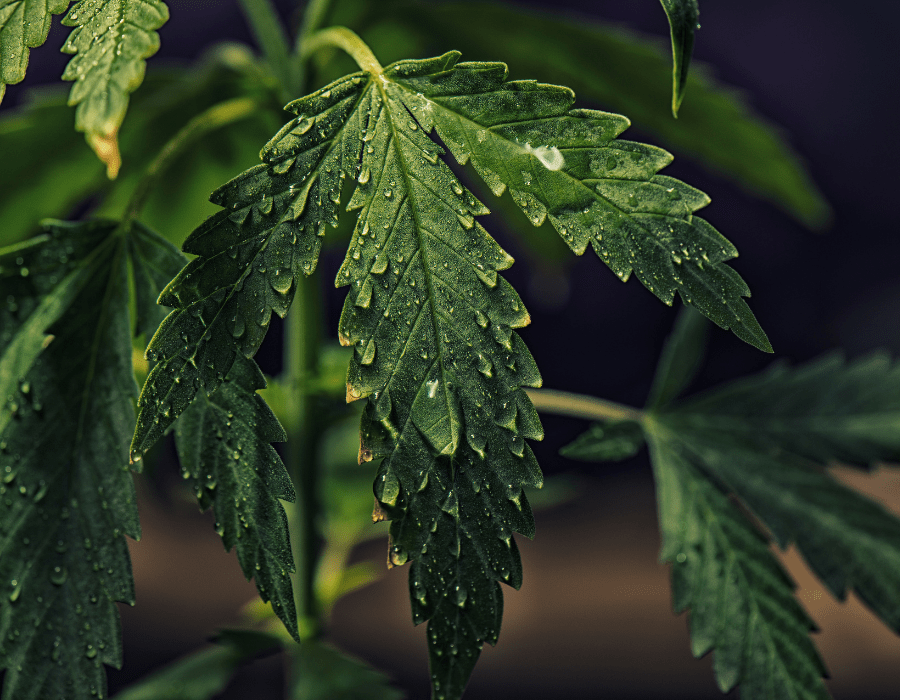Scientific research into cannabis cultivation is finally beginning to receive the recognition it deserves after years of being suppressed due to legalization restrictions. As science has delved deeper into genetics, nutrition, lighting, and environmental controls, studies and data now provide answers for many unknowns surrounding the shrouded plant.
Old-school growers from the past had to learn growing techniques from trial and error experiments. There were not many published articles on growing cannabis, much less information on environmental influences. Fortunately, times have changed as the science behind ideal conditions for optimal cannabis plant growth now opens the door for advanced cultivation practices.
One of the recent discoveries determined to have an influence on cannabis plant development is VPD. Researchers found a direct correlation between proper temperature and humidity levels when looking at achieving maximum yield and potency. Their findings reveal a better understanding of how Vapor Pressure Deficit impacts cannabis plant growth.
To better understand VPD, we must first learn how a cannabis plant distributes water throughout its system.
What is Transpiration?
Water provided to a cannabis plant’s root system displays white tendrils readily absorbing the hydration. Once fulfilled, water begins moving up through the plant. Through a process called transpiration, water and nutrients are transported up from the root system to supply foliage and flowers with their essential needs. When the plant is satisfied, it releases the excess in the form of water vapour from leaf surfaces.
Interestingly, most of the water applied to the root system isn’t used for growth, like as much as 99%. Instead, its function is to help move cellular activity within the plant through transpiration. As water transports through the plant, it is converted to water vapour and released back into the air.
Water vapour disperses from tiny pores on the underside of leaves called stomata. These microscopic openings are also responsible for the transport of CO2 into the plant through photosynthesis. Stomata open and close naturally in response to light but are also triggered to shut down in stressful situations.
Transpiration is affected by air temperature, and relative humidity in a grow room. If temperatures get too high, stomata close to hold moisture in the plant. If the relative humidity is too high, the marijuana plant cannot transpire due to excess water vapour in the air – the rate of evaporation reduces.
Think of transpiration as the evaporative mechanism in water transfer through plants. Vapour pressure deficit is a measurement of the drying power of the air within a growing chamber.
